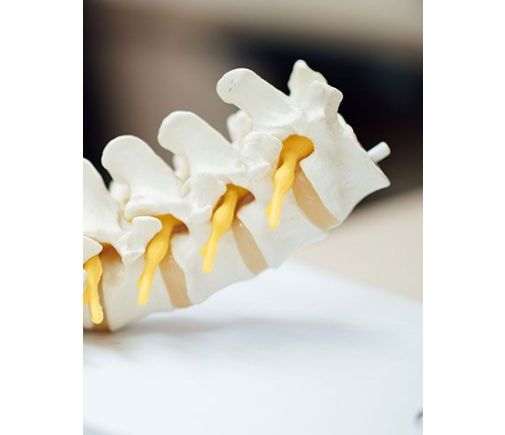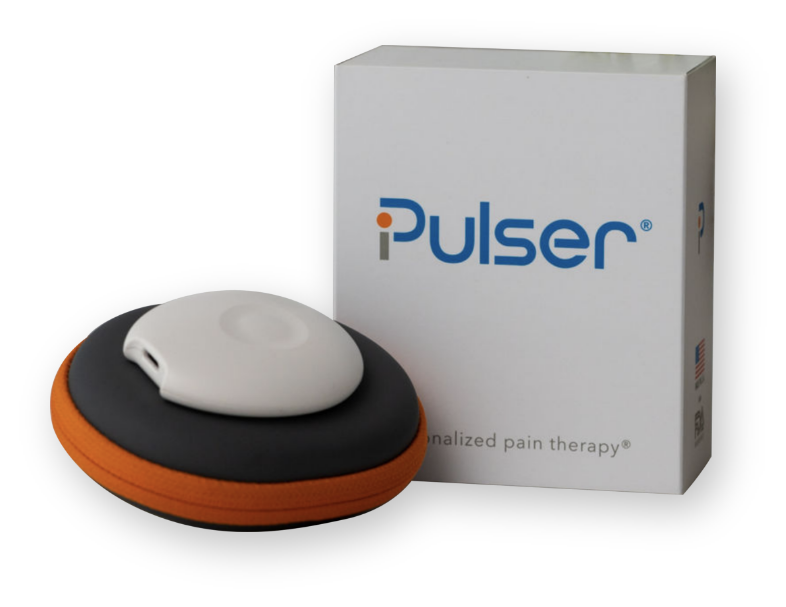Fifty years ago, there were classes and schools dedicated to the education of good posture, manners, and social etiquette. Now most people are lucky if their grandmother taught them not to put their elbows on the table. The majority of Americans do not know how to use correct body posture. If you find yourself experiencing chronic back and neck pain it could be the result of issues with your posture. Slouching is a common position as people hunch over to look at their computer or phone a good part of the day.
What Are The Symptoms of Poor Posture?
Bad posture occurs when we hold our body in a position for too long that is straining to ligaments and stabilizing muscles. Our spine forms a soft “S shape” while standing. This position over time can change for many.
As people age, many develop a pattern of slouching for which the body compensates. Along the way, the body attempts to communicate by sending pain signals. Your body can develop visible signs of poor posture as well. Here are some symptoms of poor body positioning:
- Neck Ache
- Back Ache
- Headaches
- Constipation
- Rounded Shoulders
- Muscle Strain
- Tired Muscles
- Jaw Pain
- Round Pot Belly
- Bent Knees When Standing
- Bent Knees When Walking
- Hunch Back
- Poor Circulation
- Strained Lung Function
- Digestion Issues
- Misaligned Spine
- Curved Spine
- Pinched Nerves
- Issues with Balance
Can Slouching Cause Pain?
Slouching may not cause pain right away. After time, slouching can create pain and stress on other muscle groups. These muscle groups overcompensate for the lack of support appropriate posture gives. Poor body positioning causes our core to grow weak.
You may display wrong body positioning in multiple ways. If you are not hunched over the computer, you may be looking down at your phone. Most people sit on their tailbone, slouched back, and not upright. When people talk to other people, they often favor one leg over the other while standing. Even as you sleep, you may exhibit unsupported body positing.
What Muscles Are Affected By Poor Posture?
The neck is the most common part of the body affected by poor positioning. The neck tends to lean forward instead of straight in line with the shoulders. As phone, tablet, and computer technology advances, a shift in posture-related issues is occurring. More people are experiencing neck issues as most people spend collective hours looking down at their devices. The back and spine are a close second in posture-related issues. Poor positioning can affect the curvature of your spine and create disc degeneration.
What Does Poor Posture Back Pain Feel Like?
See if you can identify with any of these everyday actions that cause posture issues:
- Wake up in the morning without stretching.
- Wake up in the morning without emptying your bladder.
- Driving to work hunched forward in your car- providing lumbar support to your back can reduce your pain.
- You sit at a desk with an uncomfortable chair.
- You look down at your computer instead of forward.
- You sit for too long without taking breaks.
- You don’t walk enough during the day.
- You don’t exercise enough.
- You sit in a lazy boy for hours on your tailbone.
- Your tv view is not straight on but elevated or lower than a forward gaze.
- When you lift things, you do not engage your core or lift with your legs.
- When you sleep, you are not supported with your mattress or pillows between your legs.
Any of these scenarios can cause issues from poor posture. These alone would cause painful lifelong issues for someone.
What Long-Term Effects Can You Have From Poor Posture?
Poor posture, if not addressed, can even lead to a decrease in your height measurement. People may end up being shorter than they were originally intended.
Not only does poor positioning decrease your height, but it can also cause other issues. Many people suffer from pinched nerves, compressed discs, and muscle strains.
Does It Hurt To Correct Poor Posture?
Correcting poor posture is not the easiest thing to do. Without proper instruction, it’s hard to know where to begin. Many online searches often suggest contradicting information. It might feel strange at first to correct the posture you are used to. Here are some ways to get started:
- Standing- Start by keeping your back straight and shoulders slightly back. The chest should stick out a little, but the lower back should not arch uncomfortably. Place the weight of your body in the heels of your feet. Engage your core. Place your arms comfortably at your side. Your legs shoulder-width apart.
- Sitting- It’s a great idea to invest in a comfortable chair with lumbar support. If you cannot get a chair with lumbar support use a lumbar pillow or rolled-up towel. Sit all the way back in the chair with your bottom touching it. Make sure your knees are at a90 degree angle. You may experience more comfort elevating your legs slightly above your hips with a small step. Take breaks twice an hour by standing, stretching, or walking around.
- Lying Down- Using a firm, supportive mattress is the key to a good sleeping posture. Creating extra support around you by positioning pillows under your lower back and in between your legs. It’s good to sleep more stretched out versus with your knees to your chest like a ball. Lying on your stomach is not recommended. When sleeping on your back just make sure you have good neck and lumbar support.
How Long Does It Take To Fix Poor Posture?
Most suggest that it takes 21 days to form a new habit. Within a month, if you are mindful about your body positioning, you will see improvements. Establishing good routines will help you achieve your goals. Setting up a reward system encourages motivation. Some suggest taking before and after pictures to show your progress. By incorporating exercise, stretching, and positioning improvements, you will see changes in no time at all.
How Do You Correct Years Of Poor Posture?
It is crucial to have patience with yourself. It is not easy correcting years of poor posture. You take the task one day at a time. Setting reminders on your phone may help prompt you to stick to your improvement goals. Writing notes throughout your home is another good suggestion. There are also settings on your computer that will help remind you to take breaks and walk around. Putting our bodies in the same position for too long creates discomfort. The body’s design is to stay in motion.
Resources:
https://www.betterhealth.vic.gov.au/health/conditionsandtreatments/posture
https://www.healthline.com/health/slouching
https://www.spine-health.com/conditions/neck-pain/how-poor-posture-causes-neck-pain
https://www.spine-health.com/blog/poor-posture-causing-your-back-pain
https://theinvisibleexercise.com.au/correcting-posture-causes-pain/
https://www.healthline.com/health/guide-to-better-posture-exercises
https://www.nhs.uk/live-well/exercise/common-posture-mistakes-and-fixes/








